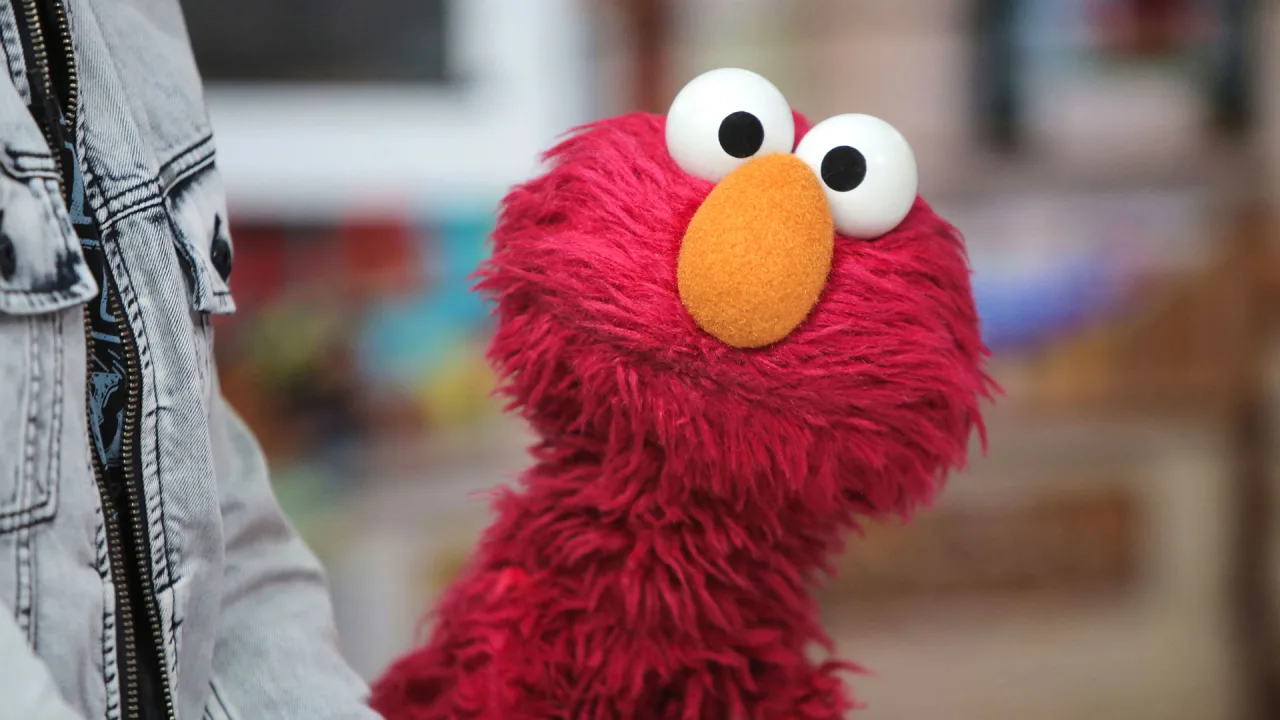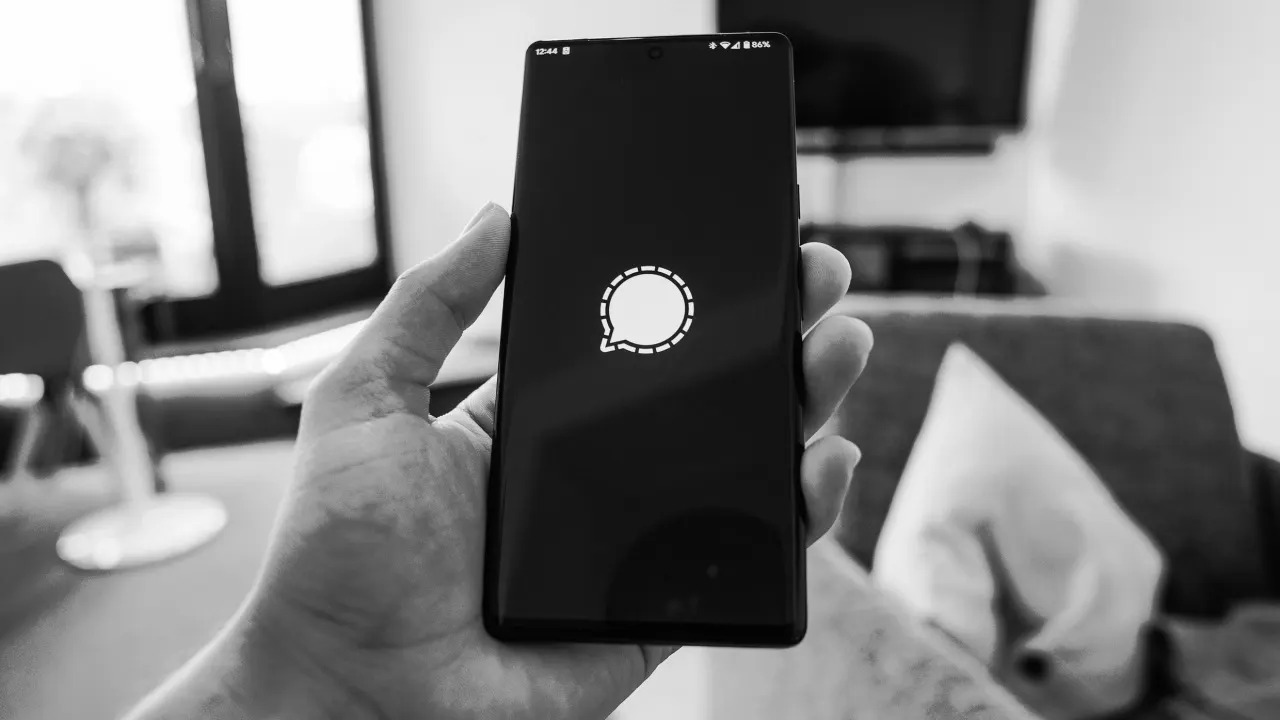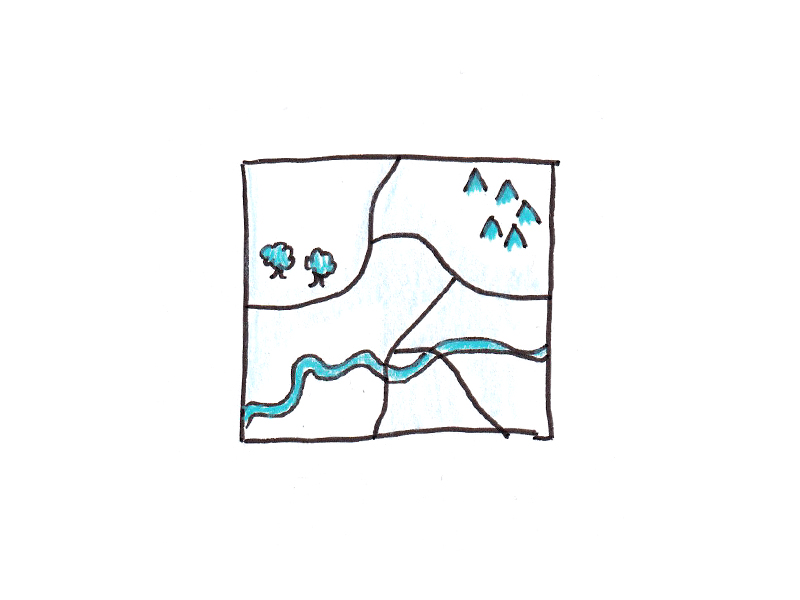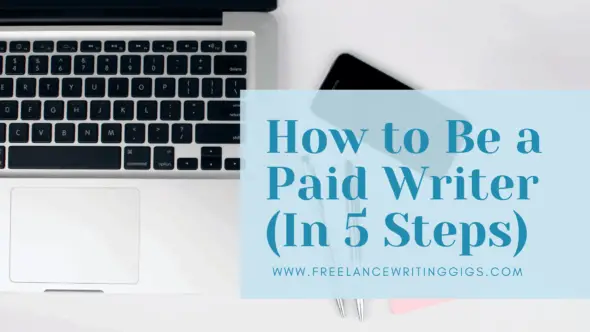Seven Ways to Turn Your Entryway Into a More Functional Space
It's good for more than shucking off your shoes and hanging your coat.

If you’re like most folks, you use your home's entryway to hang a few coats, store an unruly pile of shoes, and give you a place to drop your keys and the mail when you walk in. If you have the space, you might use it as a full-fledged mud room—a space to shed your wet coats, boots, and umbrellas before stepping into the house proper.
But your entryway could be a lot more than that—especially if you live in a small space and need to make use of every inch of square footage. Just because it’s a space you and your guests pass through on the way to somewhere else doesn’t mean you can’t use it for other purposes. And you can enhance the space for the guest experience as well, turning a transitional room no one remembers into a multi-functional space. Here are seven options for getting more out of your entryway.
Use it as an office space
If you ever work from home or just need a space to do household paperwork or to noddle away at your hobbies, your entryway can easily be transformed into a tiny office. A fold-down desk that compresses into an unobtrusive wall unit when not in use, combined with an adjustable stool or other mobile seating that can be used for putting on and taking off shoes when you’re not working, is all you need. If you have the wall space, throw in extra shelving or a narrow filing cabinet (or combination piece like this filing cabinet/printer stand/shelving unit) for maximum office storage in a minimal footprint. When you’re not working, you can fold everything up and instantly have a clear entryway again.
Turn it into a library
Need a place to store your books and set up a cozy reading nook? The entryway could be that spot. A row of shelves (or other book storage) along one wall, a small but comfy chair (with a slim console table for cups of tea or literary cocktails), and a floor lamp that’s great for reading, and you’re all set. When not in use, this area can also set a warm, comfortable vibe for visitors.
Assemble a gallery display
If you have lots of art pieces, collectibles, or mementos to display, your entryway is an ideal place to put them all. Hanging pictures or installing floating shelves to display your items not only beautifies the space, giving it a cohesive and personal style, it also makes it a lot more inviting for guests. Instead of moving through a chaotic or antiseptic place that pushes them to kick off their shoes and get into the main part of the house as quickly as possible, your entryway could be a place people want to linger.
Build a conversation nook
If your home lacks a space to sit and chat without distractions, your entryway might be the ideal spot. If you have room for a shallow sofa like this one, or a pair of small accent chairs like these, you can set up a spot where you can visit with guests. Having a space like this in your entryway also makes it ideal for those casual encounters with neighbors—instead of standing awkwardly in the doorway for fifteen minutes, invite them in to sit.
Add storage
If you’re hurting for storage space, consider all that underused wall and floor space in your entryway. You can store anything there, after all—it doesn’t have to be entryway-related, and no one will ever know what’s in those drawers and cabinets unless you tell them. Even a small foyer can be made into a storage paradise with some shelving, a shallow wardrobe or armoire, or a dual-purpose storage bench.
Use it as a bar
You want to host sophisticated gatherings fueled by social lubricants, but your bar is currently also your kitchen counter? Look to your entryway. A narrow bar cart against one wall could be the answer. If you want to make it a space people will linger in after securing their cocktails, add some floating shelves at counter heights (typically 36-48 inches high) to set down glasses. To really commit, a slim beverage refrigerator for beer, wine, and mixers next to the bar cart is a great addition.
Turn it into your family information center
Your entryway can be the place where everyone in the house knows to look for daily information. A cork board or chalkboard (or a combination) mounted in the entryway makes it easy for everyone coming and going to check the day’s schedule, look for reminders, or pick up and drop off items for later retrieval. This can be a better option than the kitchen because it will be the last and first place people see when leaving or entering the house, increasing the chances that you’ll actually remember the things you’re reminding one another about. (When you have guests staying over, it’s also a perfect spot to mark down things like the WiFi password or important phone numbers.)









































































































![Building A Digital PR Strategy: 10 Essential Steps for Beginners [With Examples]](https://buzzsumo.com/wp-content/uploads/2023/09/Building-A-Digital-PR-Strategy-10-Essential-Steps-for-Beginners-With-Examples-bblog-masthead.jpg)













![How to Use GA4 to Track Social Media Traffic: 6 Questions, Answers and Insights [VIDEO]](https://www.orbitmedia.com/wp-content/uploads/2023/06/ab-testing.png)






![Technical Sourcer [United Kingdom] at Olo](
https://nodesk.co/remote-companies/assets/logos/olo.e9c56827507b669046f71750846f8032542be84192a2248413f8421b2e5a2769.jpg
)



























